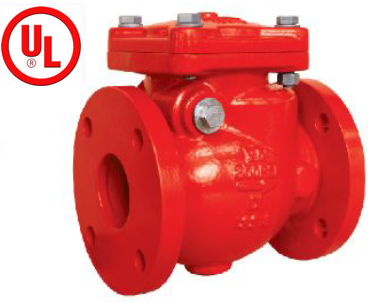Once we have a look at piping and pumping systems externally, we generally begin to see the set up in general instead of taking a look at its many working components individually. There is however that certain part that plays an incredibly crucial role. These are the valves. They become tiny knobs governing the flow of fluids and also cutting off supply completely if needed.

Industrial valves are of varied types, each and every with different different working principle and using a different function. The following, we’ve discussed the 9 most typical types of industrial valves.
1. Ball valves – It is just a worthless ball-shaped disk which is fitted in a very pipe. The valve starts and stops flow from the quarter turn rotational motion with this disk. Once the valve is open the hollowed end is aligned in direction of the flow and closed it sits perpendicular for the direction with the flow.
2. Plug valves – Also known as cock valve, it works on the cylindrical or tapered plug with a bored passage to close, start or throttle flow. Turning the handle or wheel, arranges the hollow opening with the plug with the inlet and outlet ports opening the passage. It is blocked, if the solid part aligns itself with ports.
3. Butterfly valves – It’s yet another valve which utilizes the rotational motion; ball and plug valves be employed in exactly the same way. It only works on the thin-disk from the flow path rather than ball-shaped unit or even a cylindrical plug. They are quick to use, extremely lightweight and just adaptable.
4. Gate valves – This can be the kind of valve utilized in a tap. Opening and closing the valve involves raising and lowering metal gates respectively. A wedge is inserted in to a seat. With os&y valves, the passageway either can be fully closed or fully open; there’s no between. Fortunately they are called sluice valves.
5. Globe valves – It’s just like a gate valve for the reason that it uses linear motion to throttle flow. It differs in the use of a disk rather than wedge. It can also be adjusted to lessen or increase flow; the advantage of a globe valve is it won’t leak as much as other valves. Fortunately they are very popular kind of valves used across various applications.
6. Pinch valves – From the includes a pinching mechanism along with a sleeve of molded rubber or synthetic material. The flow path on view position is unobstructed. The flow is cut-off by pinching the flexible membrane, by lowering a bar or gate.
7. Diaphragm valves – They work comparable to pinch valves; a versatile diaphragm is inserted in ways that it fastens itself for the seat blocking the flow. Its advantage over pinch valves is it creates an incredibly tight seal thus is utilized in applications who have a higher purity requirement.
8. Relief and Safety valves – As fluids pass through the system, there’s a chance for an unprecedented rise in pressure, which if unchecked can be hazardous. Is generally particularly if coping hazardous fluids. Relief and safety vales release pressure periodically, whenever it is going at night set point, in order to avoid damage.
9. Check valves – Check valves accommodate unidirectional flow of fluids; they cannot allow it to regurgitate. The non-slam nozzle check valves check pressure surge which will help prevent water hammer.
To ensure the valves built in your piping systems give you the best service, you should obtain them from a reliable industrial valve manufacturer. It does not take only way to obtain top quality industrial valves which might be designed to last.
For details about os&y valves explore our net page: this
